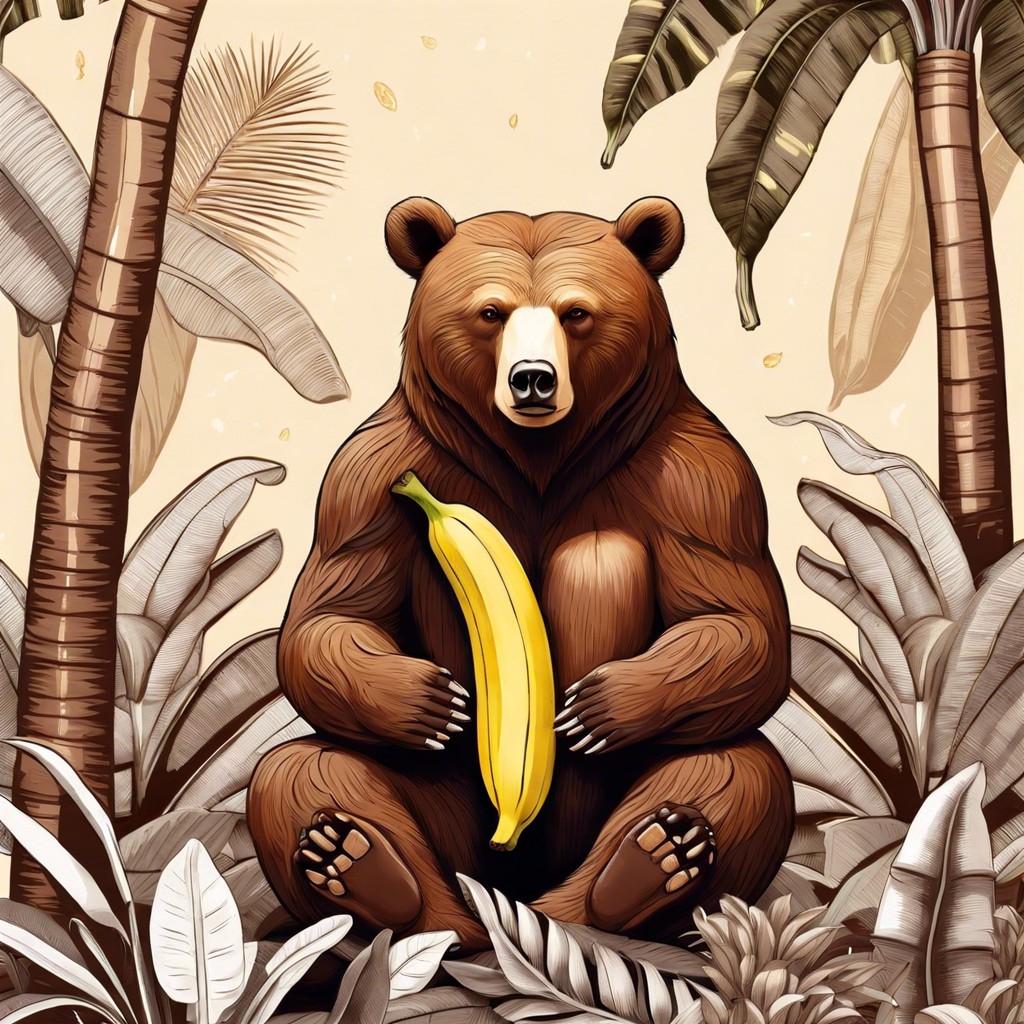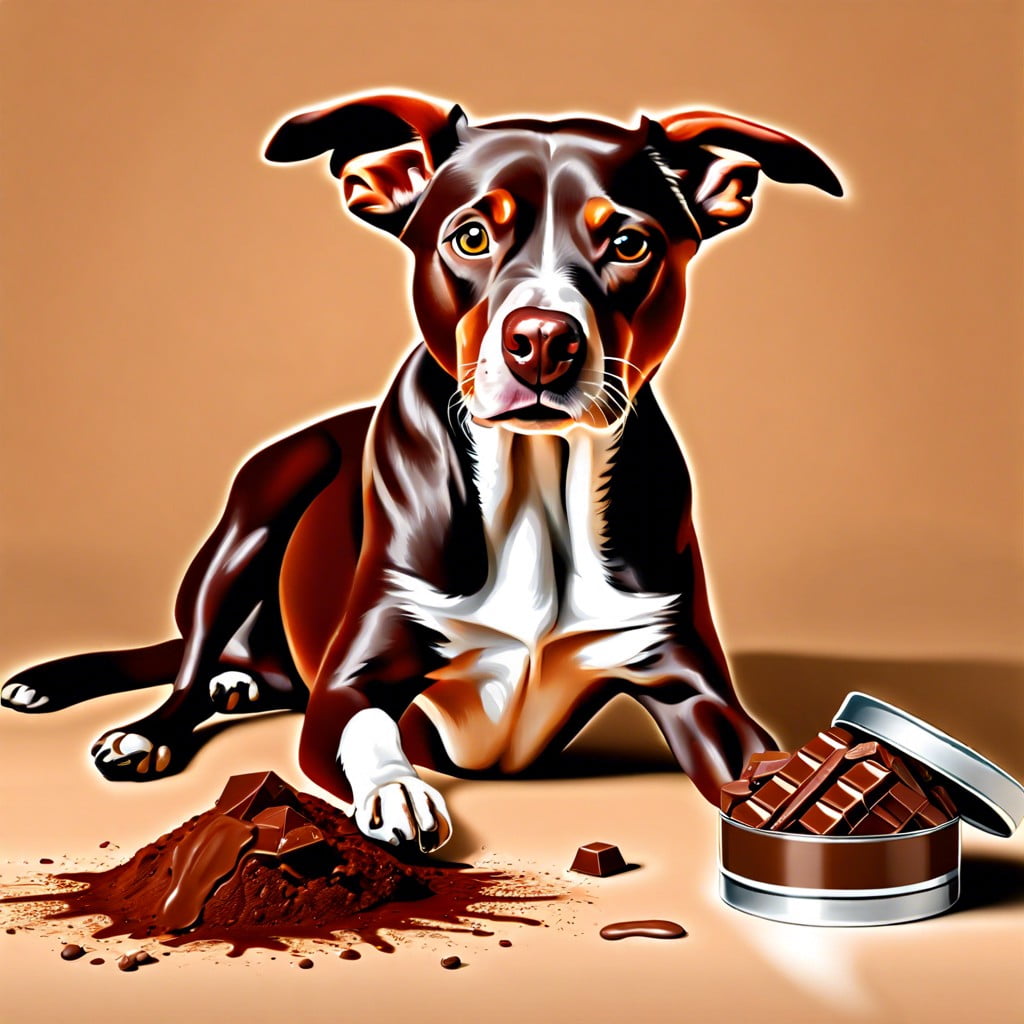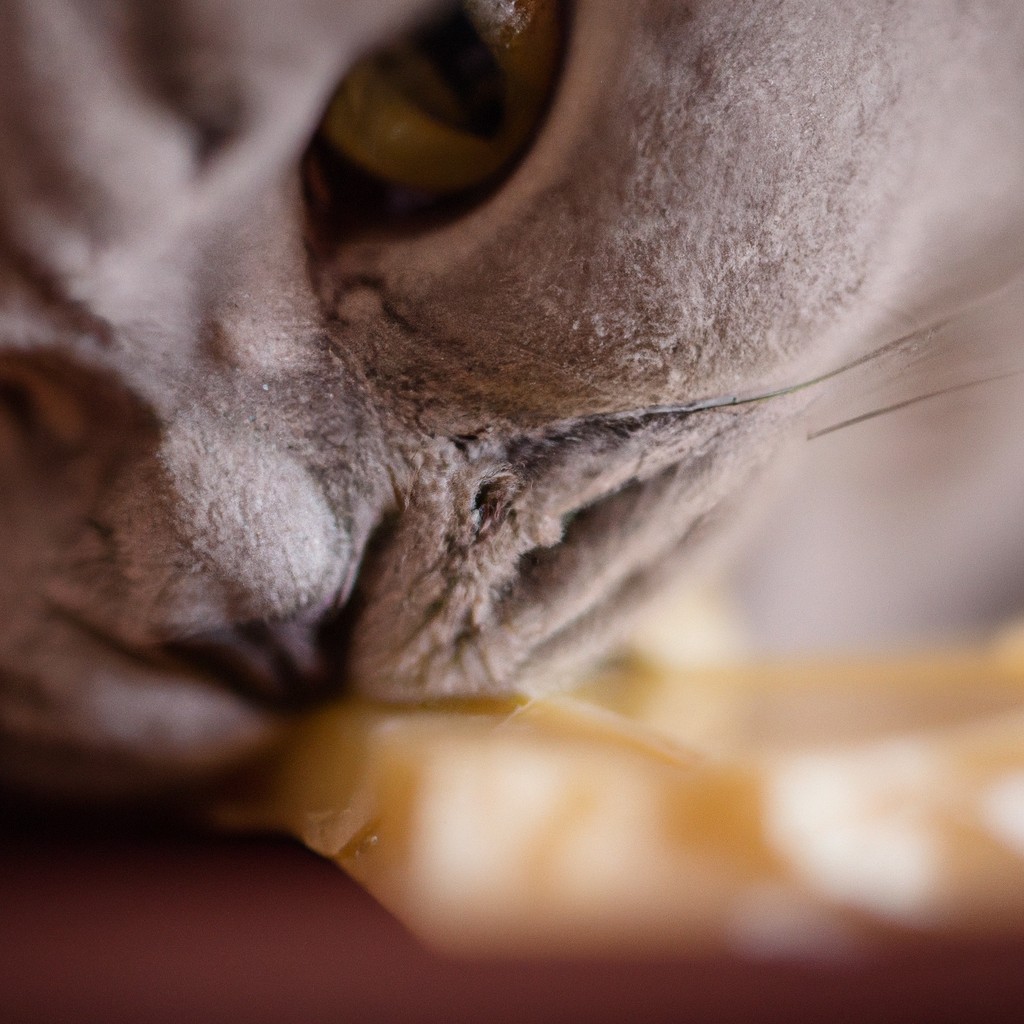Learn how to create a delightful chocolate banana treat inspired by the playful concept of a “bear,” a whimsical twist to your snack time favorites.
Key takeaways:
- Chocolate banana represents comfort and nostalgia.
- Chocolate banana symbolizes balance between bitterness and sweetness.
- Chocolate banana showcases diversity and adaptability.
- Chocolate banana plays a role in reflecting character growth.
- Culinary techniques for chocolate banana include selecting ripe bananas and melting chocolate effectively.
Inside
Symbolism of Chocolate Banana

The fusion of chocolate and banana in this context represents comfort and nostalgia, often serving as a culinary emblem for warmth and familiarity. These flavors commonly remind individuals of home-cooked meals or treasured family recipes, evoking personal memories and emotions.
In literature and film, such flavor pairings can also illustrate character depth, hinting at a protagonist’s childhood or background without verbose exposition. As characters interact with this symbolic dish, viewers gain insight into their inner worlds and unspoken histories.
Moreover, the pairing of these ingredients embodies the balance of bitterness and sweetness, metaphorically paralleling life’s complex emotional experiences. The bitterness of chocolate signifies life’s challenges, while the sweetness of the banana symbolizes the joy and richness that can be found, even amidst difficulties.
Lastly, the combination of chocolate and banana showcases the fusion of different elements, reinforcing themes of diversity and adaptability. In stories and culinary art alike, it exemplifies how varied components can come together to create something new and delightful, often surpassing the sum of their parts.
Character Development Through Chocolate Banana
The interaction with the quirky, yet heartwarming, dish of chocolate banana plays a pivotal role in reflecting character growth. It showcases how characters channel their personal connections and memories into their culinary creations, adding depth to their personas.
- The dish symbolizes childhood innocence and comfort, which contrasts with the high-pressure environment of the professional kitchen.
- Through the preparation and sharing of chocolate banana, characters exhibit vulnerability, bridging gaps and healing interpersonal conflicts.
- The evolution of the recipe within the show mirrors the characters’ journey, suggesting that as they innovate and improve their craft, they also undergo personal transformation.
- Chocolate banana becomes a vehicle for expressing creativity and passion, highlighting the characters’ commitment to preserving personal heritage while succeeding in a competitive industry.
- The dessert’s playful simplicity serves as a reminder of the importance of balance between work and life, as well as the value of finding joy in the small things, even amid chaos.
Culinary Techniques for Chocolate Banana
Selecting the right bananas is crucial: ripe but firm enough to hold their shape when paired with chocolate. Overripe bananas may be too mushy, while unripe ones lack sweetness.
Melting chocolate effectively is a cornerstone technique. Use a double boiler or microwave at medium power, stirring at intervals to ensure a smooth, evenly melted chocolate that will coat the banana beautifully.
For a crisp chocolate shell, consider tempering the chocolate. This process involves heating and cooling chocolate to stabilize it for a glossy finish and satisfying snap.
Dipping bananas in chocolate requires a careful balance of timing and temperature. Allow the chocolate to cool slightly after melting to prevent the bananas from becoming too soft.
Experiment with textures and flavors by rolling the chocolate-covered bananas in toppings like crushed nuts, toasted coconut, or even sea salt before the chocolate sets, adding an artisanal touch to the simple confection.
Carmy’s Relationship With Uncle Jimmy and Chocolate Banana
Carmy Berzatto’s connection with his Uncle Jimmy is pivotal to his personal journey and professional endeavors. The inclusion of chocolate banana in the narrative serves as a nostalgic link to his childhood and a symbol of his uncle’s influence. Chocolate banana, a seemingly simple dessert, holds emotional weight, evoking memories of cooking with Uncle Jimmy and the comfort of family traditions.
The dessert itself becomes a metaphor for Carmy’s struggle to balance the past and the present, representing his attempt to honor legacy while forging his own path. Through this culinary thread, viewers gain insights into Carmy’s complex psychological landscape, where food is both a source of solace and a catalyst for confronting unresolved grief.
The chocolate banana motif also reveals how Carmy grapples with the pressures of living up to a familial reputation in the culinary world. His relationship with his uncle, and by extension to the chocolate banana, embodies the challenges he faces in preserving the soul of traditional cooking within the often cutthroat and innovative restaurant industry.
Overall, the recurring theme of chocolate banana in the storyline underscores the profound impact Uncle Jimmy had on shaping Carmy’s identity as a chef and his approach to life, blending the sweetness of remembrance with the bitters of reality.
Cultural Impact of “The Bear” On Food Television
“The Bear” has redefined food television by blending the accuracy of professional kitchen dynamics with gripping personal drama, making it distinct from traditional cooking shows. Viewers are exposed to the high-stress environment of culinary professionals, moving beyond the sterilized, competition-focused narratives typically presented.
The series has elevated public interest in the intricacies of food preparation and restaurant operation, sparking conversations about the mental health of chefs and the often unseen challenges of running a food establishment.
This shift has encouraged a wave of new content exploring the raw, less glamorous side of culinary arts, which resonates with industry professionals and captivates general audiences. It sets a new standard for authenticity in food-related programming, influencing both future productions and audience expectations.
By focusing on character-driven storytelling with food as a central theme, “The Bear” casts the kitchen as a theater of human experience rather than just a backdrop for cooking demonstrations. This nuanced approach provides a deeper appreciation for the artistry and labor that goes into creating each dish served.




